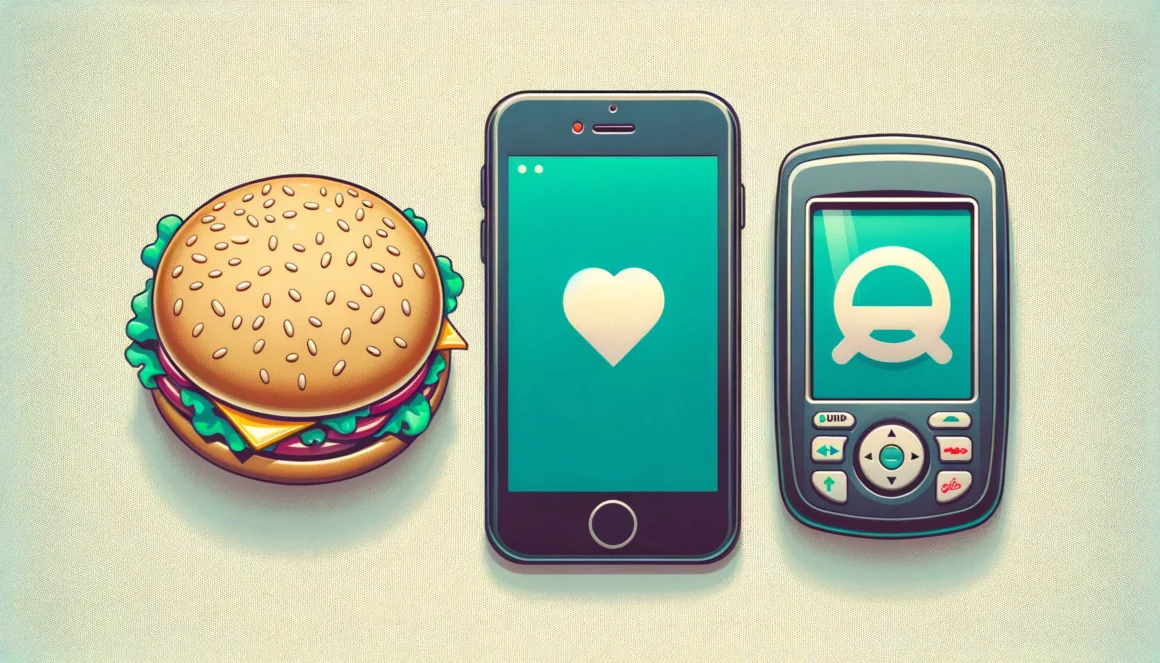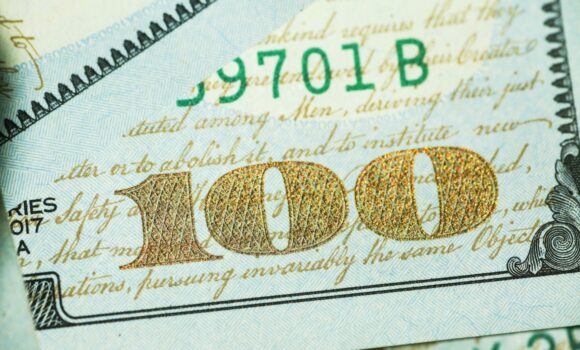What Are the Three Types of Driving Distractions?

Understanding Distracted Driving Behaviors
Despite the common knowledge that distracted driving is illegal and extremely dangerous, distracted driving accidents continue to be a consistent road safety problem. The problem is so concerning that the National Highway Traffic Safety Administration has started a “U Drive. U Text. U Pay.” safety campaign. The campaign is designed to remind drivers of the legal consequences of distracted driving. However, 3,142 people died in distracted driving crashes in 2019, which means that this dangerous driving behavior is often ignored. While the most common type of distracted driving behavior is texting and driving, other distractions lead to deadly motor vehicle crashes. Here are the distracted driving behaviors you need to know.
Distracted Driving Behavior Classifications
There are three types of driving distractions: visual, manual, and cognitive. Here’s the definition of each:
Visual Distractions
Visual distractions are any actions that take your eyes off of the road. Some examples of visual distractions are:
- Checking text messages
- Looking at directions on a navigation device
- Viewing billboards on the road
- Rubbernecking (looking at a car accident scene or someone pulled over on the side of the road)
- Searching for lost items in your car
Manual Distractions
Manual distractions are actions that cause you to remove your hands from the steering wheel. Some examples of manual distractions are:
- Eating or drinking
- Smoking
- Talking on your cell phone
- Adjusting the radio station
- Setting destinations in a GPS device
- Smoking
- Reaching for items in the backseat
- Tending to passengers in your vehicle
Cognitive Distractions
Cognitive distractions are thinking about or focusing on something other than driving. Some examples of cognitive distractions include:
- Taking a phone call on a hands-free device
- Listening to an audiobook
- Daydreaming
- Thinking about stressful situations such as work or personal issues
- Having a heated discussion with a passenger
Driving under the influence of drugs or alcohol and driving while fatigued affect cognitive abilities and exponentially increase the risk of a severe traffic crash.
Fast Fact: Using a mobile device involves all three types of distractions, which is why the U.S. Department of Transportation (USDOT) classifies the use of cell phones and other handheld devices while driving an epidemic.
How To Get Help After a Motor Vehicle Accident
Serious injuries need strong attorneys. From truck crashes to car accidents, any motor vehicle crash involving distracted drivers can mean life-threatening injuries. The physical, emotional, and financial burdens are devastating for victims and their families. If you were involved in a crash involving a distracted driver, our attorneys are ready to help you seek justice and hold negligent parties accountable.
Contact Strong Law, P.C. today at (417) 887-4300 for a free consultation.
Tell Us About Your Case
Contact us today at (417) 887-4300 or online to arrange your free case evaluation. Our Experienced Trial Attorneys will walk you through your legal options.


